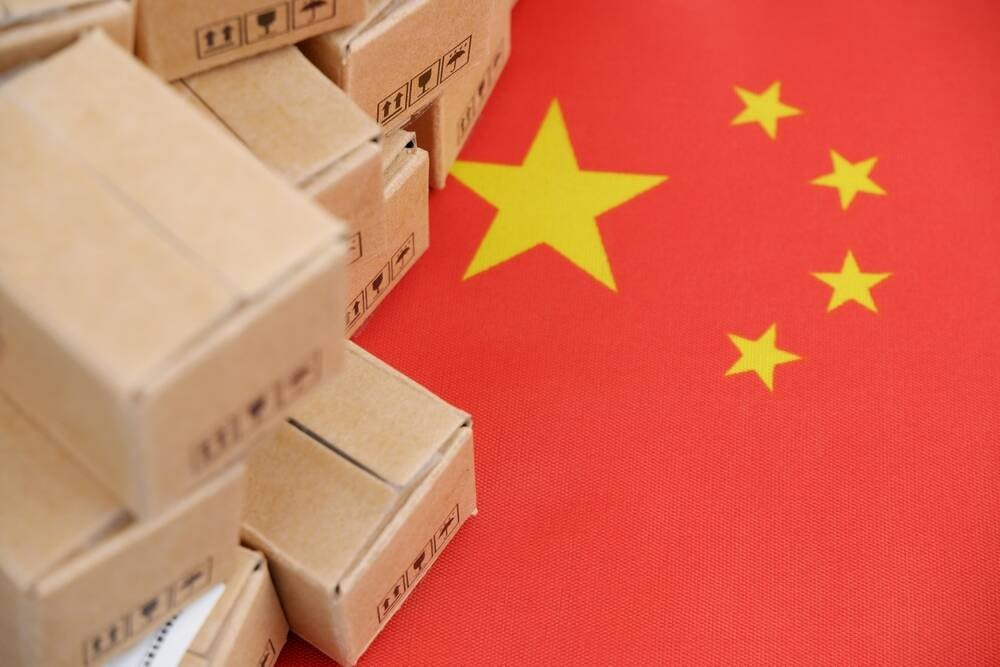World War Fee No, it wasn't a typo. Some Chinese imports are indeed subject to a 245 percent tariff in the United States. Last week, as widely reported, the Trump administration hiked fees on various Chinese goods coming into America to 145 percent .
Tuesday this week, the White House shared a fact sheet to clarify some items have a total tariff of 245 percent. Officials have informed The Register there is no fat-fingered error on their part: For some types of goods, 245 percent is the figure. One might argue it's effectively a trade embargo as either the levies eat away any profit margin, or the cost is pushed to buyers who may feel inclined to order less stuff.

We're told that, when accounting for the fentanyl-justified tariffs and prior tariffs implemented under Section 301 of the 1974 US Trade Act (which gives the President the right to impose tariffs due to unfair trade practices), tariffs on some products are in fact reaching that eye-watering level. "China faces up to a 245 percent tariff on imports to the United States as a result of its retaliatory actions," the fact sheet reads. "This includes a 125 percent reciprocal tariff, a 20 percent tariff to address the fentanyl crisis, and Section 301 tariffs on specific goods, between 7.
5 percent and 100 percent." Undeterred, funnily enough, by President Trump taxing his fellow citizens on Chinese imports and inflating their purchasing costs, Beijing upped its own tariffs on US imports to 125 percent – a self-imposed ceiling as Chinese officials said levies any higher would have "no practical economic significance" and essentially function as embargoes. China has also placed export restrictions on rare earths critically needed by US tech companies and the US defense industry, with exports being frozen globally over the weekend.
The Hong Kong postal service today announced plans to suspend deliveries to the United States due to the Trump administration eliminating de minimis import exemptions that allow small parcels valued at less than $800 to skip the tariff line. "The US is unreasonable, bullying, and imposing tariffs abusively," Hong Kong's government said. A reminder that the US imported about $440 billion of stuff from China in 2024, and America sold about $140 billion the other way into China.
An executive order accompanying the fact sheet instructs the Commerce Department to investigate whether relying on foreign countries – cough, cough China – for rare earth minerals was a national security concern. The order, which tells Commerce Secretary Howard Lutnick to investigate the matter under the President's Section 232 authority derived from the Trade Expansion Act of 1962, describes rare earth processing countries (which is pretty much China at this point) as having engaged in "widespread price manipulation, overcapacity, arbitrary export restrictions, and the exploitation of their supply chain dominance," and tells Secretary Lutnick to figure out how to stabilize the supply chain in America's favor. As was the case with a similar investigation ordered by Trump into the national security threat of relying on foreign-made critical semiconductors, the possible imposition of tariffs on rare earth imports was mentioned in the latest executive order.
As we noted Tuesday , the US is already on the back foot when it comes to its need for rare earths and China's dominance of their extraction and processing, and threatening tariffs on the import of such critical minerals is unlikely to help the situation. Then again, the investigation could serve to justify Team Trump's designs on Greenland, which has a considerable bounty of rare earths buried beneath its glaciers. After all, the EO does order the Commerce Secretary to recommend "any additional measures that may be warranted to mitigate United States national security risks," and the need for domestic supply chains.
Given the criticality of rare earths, the expanding rift between China and the US, and likely even more tariffs on the horizon, the list of paths out of this sticky situation is growing shorter by the minute. ®.
Technology

White House confirms 245% tariff on some Chinese imports not a typo

Just make it 420.69 and be done with it, Mr President World War Fee No, it wasn't a typo. Some Chinese imports are indeed subject to a 245 percent tariff in the United States....















